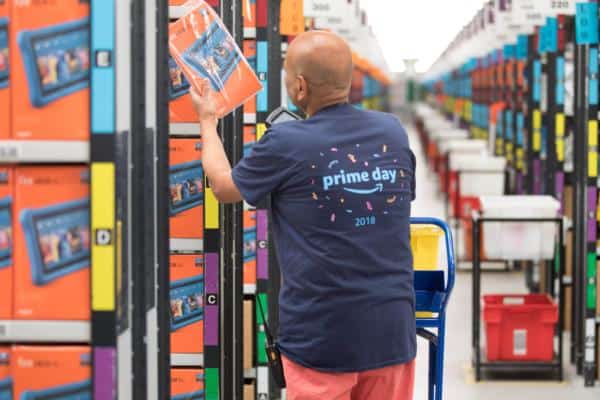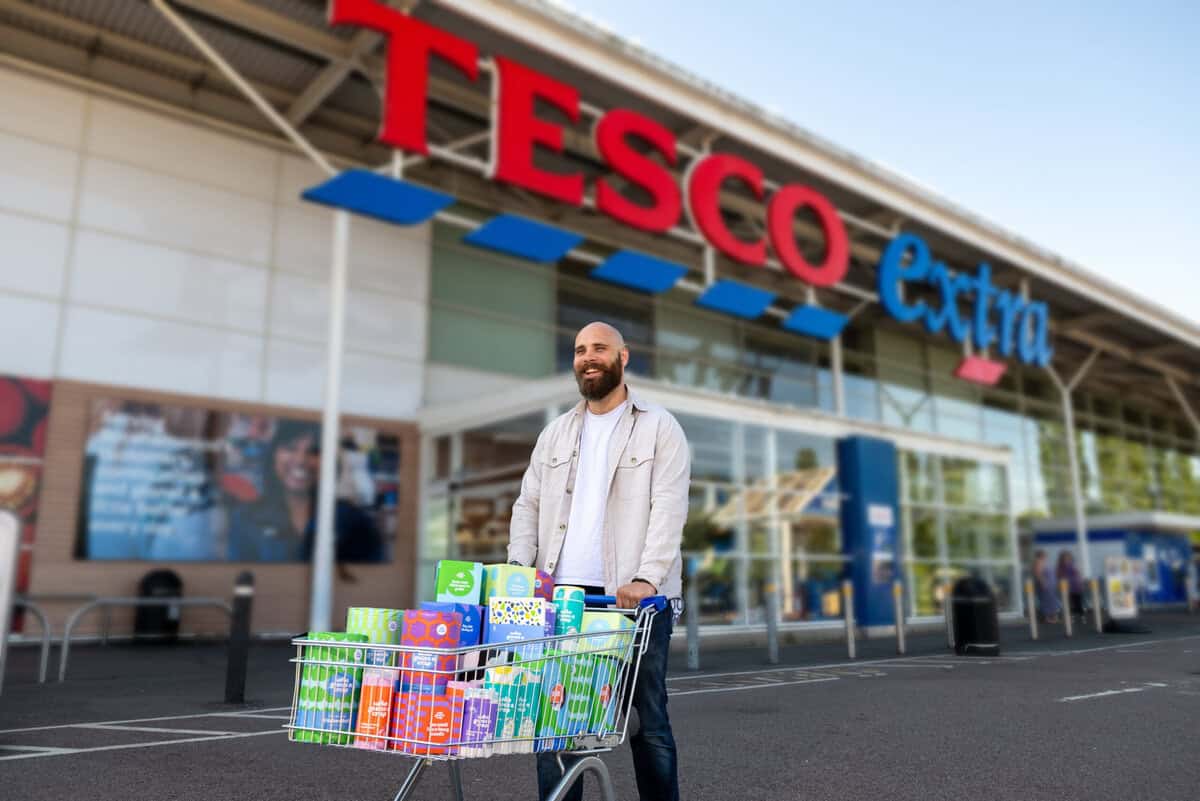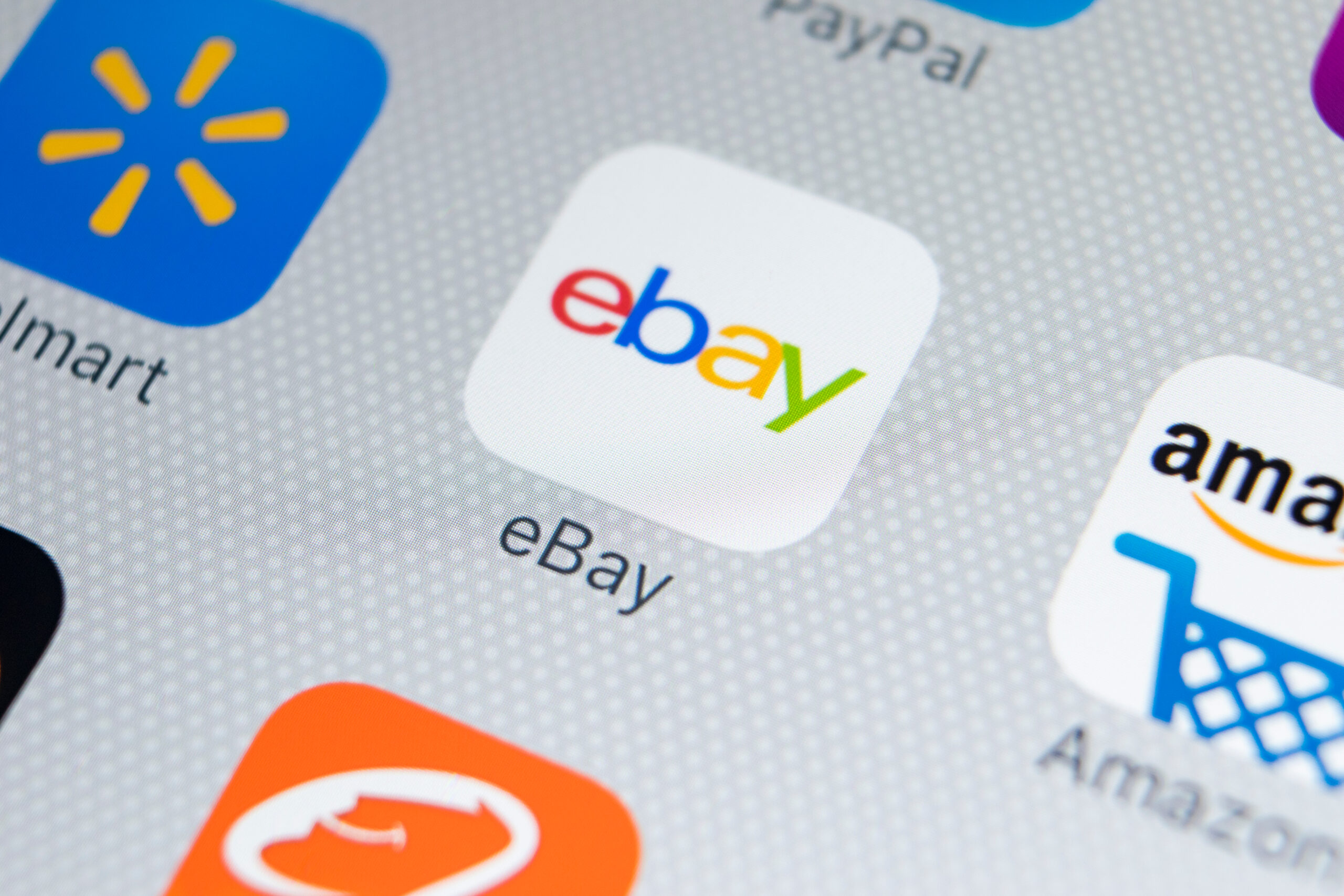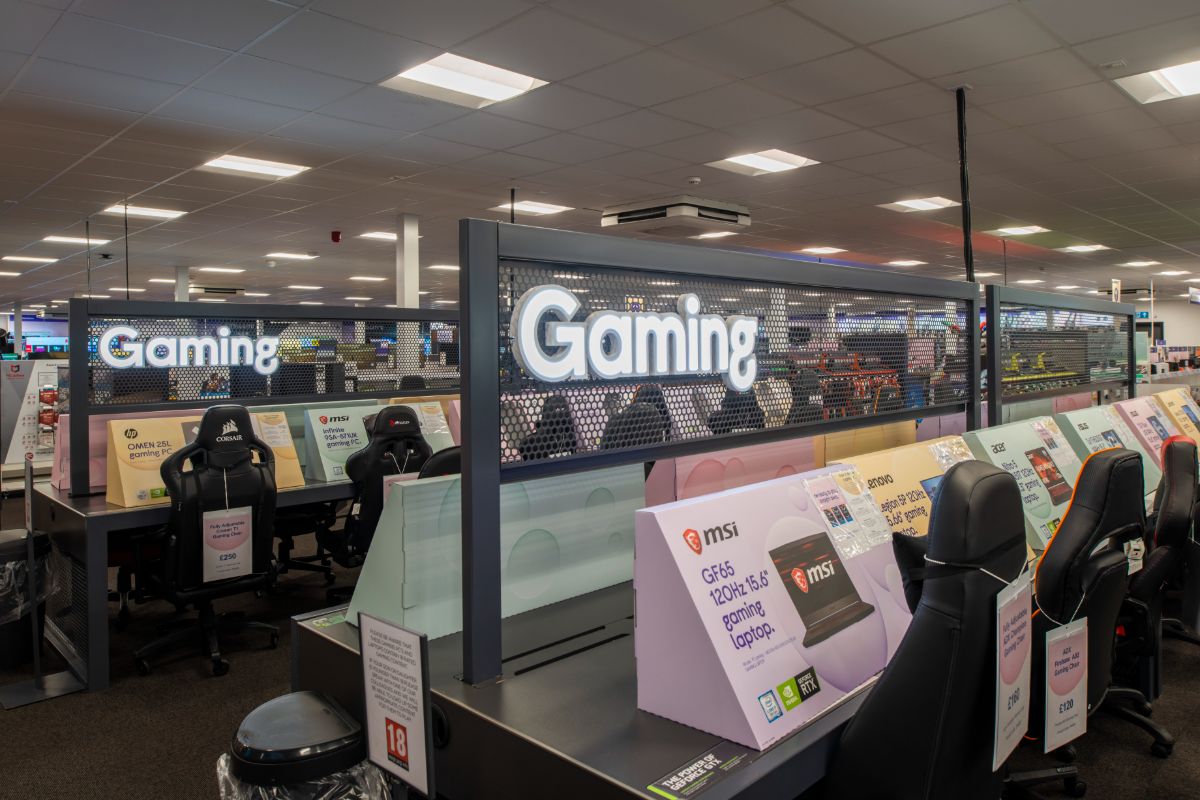Click and collect fast became the norm in 2014 and shows no signs of slowing down in 2015. Around 60% of the retailers we canvassed for our latest report, Winning the Retail Battle in 2015, already offer the service and many others plan to launch it in 2015.
Even specialist online retailers are realising that physical locations might not be such a bad idea after all. eBay has begun rolling out product pick-up points within Argos’ high street locations and Amazon has introduced collection lockers in a number of its key global markets. European online fashion specialist Zalando has even opened physical stores in Germany. It is becoming clear that online specialists can benefit from a physical presence, from both an operational and shopper perspective.
This shift is being prompted by two main factors: the inconvenience of home delivery and a mounting number of workplaces becoming weary of their role as last-mile fulfilment providers for the likes of ASOS and Amazon.
This means the likes of drive-through pick-up sites, lockers and even good old-fashioned shops are rising in importance as locations for the receipt or return of products ordered online – as well as being a good way to let shoppers assess the product prior to purchase.
Meeting shopper demand
For more traditional retailers, click and collect has become a fundamental shopper expectation for shoppers and has at the same time become a sizeable and rapidly growing part of their businesses. Click and collect has been growing in excess of 60% year-on-year for department store John Lewis, while Tesco has reported that – at key trading periods – over 70% of general merchandise online orders have been collected within its supermarkets.
Asda had over 600 click and collect locations at the end of 2014, including its own supermarkets, petrol stations, tube stations, lockers and business park sites. Even online specialist Ocado unveiled its first click and collect location in late 2014.
For retailers, click and collect makes a great deal of sense. With shoppers doing some of the hard work for them, a level of cost and complexity is removed from the multichannel transaction, with click and collect deemed to be more profitable than home delivery. There is also the potential for shoppers to make further in-store purchases when collecting their items; indeed, several of our retail contacts have intimated that between 60% and 75% of click and collect shoppers go on to purchase further products during item collection.
But there are challenges to be faced
While click and collect brings the worlds of online and in-store together, transitioning store staff to deal with the challenges this brings has created issues for many retailers. Many do not have the contractual flexibility that is needed to meet this customer demand; changes to shift patterns and objectives may be required to ensure that retailers have the right hours in the right place and staff are appropriately incentivised to look at the bigger picture. Also, branches not receiving sales credits for in-store collections or being penalised for returns are commonplace. 40% of retailers we spoke to for our report suggested that incentivising store staff to support multichannel and click and collect has been difficult. Both are issues that retailers need to face into to ensure they are able to provide a seamless, connected experience for the shopper.
If we look at this in conjunction with the fact that just 10% of the shoppers we polled for our report have confidence in store staff’s understanding of the online offering and that many shoppers prefer to shop online where there is also a bricks and mortar presence, there is clearly a lot of work to be done by retailers in this area.
Despite this, over half of the retailers we surveyed said their staff recognised the need to embrace multichannel as an essential shopper proposition; after all, store staff are also shoppers and appreciate the benefit for them of multichannel. Around 30% of retailers we talked to have instigated training and development programmes to bring their store colleagues up to speed in terms of facilitating multichannel. And just over a quarter of them have implemented new store KPIs to motivate multichannel customer service and support.
A further boon in 2015 will be provided from the opening of click and collect sites at more useful locations – transport hubs being an obvious choice. This has been seen in grocery with Tesco and Asda opening sites at tube stations, but non-food retailers like John Lewis and Argos have also opened such facilities: a ‘Click and Commute’ shop in St Pancras station and a store in Cannon Street Underground station respectively. It will be interesting to see if we see more of an emergence of this convenience in the major shopping centres outside London.
A twist on the transport-based approach was offered by department store House of Fraser and coffee chain Caffè Nero, teaming up in late 2014 to launch a concept shop that merged foodservice and multichannel. The ground floor of the coffee shop in Cambridge features table-mounted House of Fraser tablet computers, enabling coffee drinkers to browse online ranges. On the House of Fraser first floor, meanwhile, customers are able to view products, order on terminals, collect ecommerce orders and try on items in a fitting room.
Experimentation and education the key to success
While retailers are rapidly rolling out click and collect capabilities, making it an increasingly important part of broader shopping repertoires, only 40% of the shoppers we polled for our report frequently use it for non-food purchases. We are anticipating that this proportion will increase rapidly in 2015 as retailer capabilities improve, as new technologies such as temperature-controlled lockers are introduced, and as shoppers become more aware of, and more comfortable with, the growing range of options in front of them. This experimentation and education process will be half the battle in the continued success of click and collect.
Bryan Roberts is director of retail insights, Kantar Retail, and Matthew Lewis is head of global retail group, Squire Patton Boggs
The Winning the Retail Battle in 2015 report has been produced by Kantar Retail and Squire Patton Boggs, in partnership with the British Retail Consortium and the Retail Trust.








